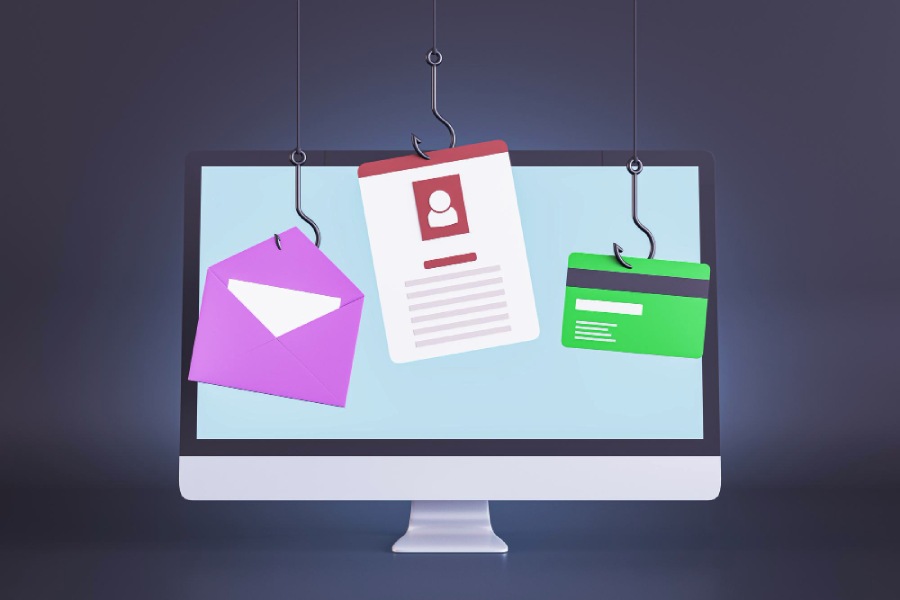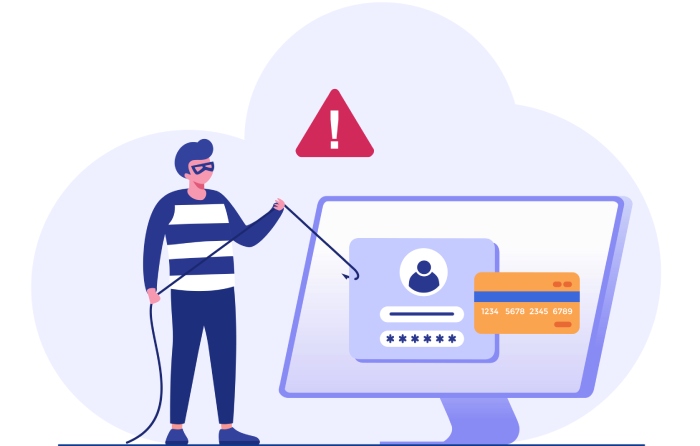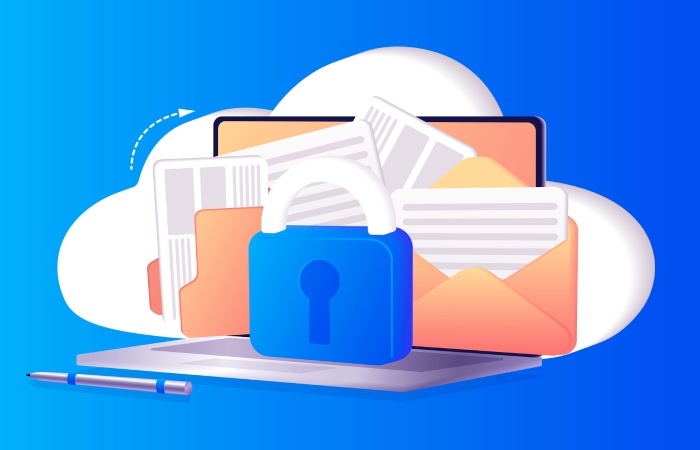There are two really scary aspects to getting a layoff notice. First, of course, is that you’re being laid off, which stinks. The other is that it almost always comes without warning and catches you off guard. When you get the notice, your heart starts racing, you may even panic a little. The last thing you’re prepared to do is to identify the email as a phishing scam. And that’s exactly what the scammers are counting on.
The good news? You’re not being laid off. The bad news? You just got scammed.
This is just one example of the latest exploit hackers are using to take advantage of the very unique situation most find ourselves in today. According to Tech Financials, “The weakening of the economy during the pandemic in a number of countries caused a wave of unemployment, and fraudsters did not miss this opportunity to strike. Kaspersky experts encountered various mailings that announced, for example, some amendments to the medical leave procedure, or surprised the recipient with the news about their dismissal. In some attachments, there was a Trojan file. This Trojan is most often used for downloading and installing encryptors.
Encryptors are used for ransomware attacks. So, what’s worse, getting laid off or losing all your data? It depends on the value of your data.
The time you need protection from a phishing attack is the time you’re most vulnerable and unlikely to detect it yourself. That’s not by accident, it’s by design. So, no matter how well prepared you are to detect a phishing email, you may not be that good at it during times of maximum stress.
So, what’s the answer? To put a security system in place that detects phishing attacks, especially during high stress times. A security system like Phish Protection.
Phish Protection is cloud-based email security software that scans every email for malicious content and malicious links. And Phish Protection doesn’t care if the email is a layoff notice or notifying you that you won the lottery. Phish Protection doesn’t care because it doesn’t even look at the text in an email. Instead, it looks at the underlying code, which is where all the mischief resides.
The best time to deploy Phish Protection is before you get a bogus layoff notice. The good news is that it’s easy to do. Since it’s cloud based, there’s nothing to buy. It sets up in 10 minutes with a simple change to your DNS and protects all devices, including mobile devices. And the best part? It costs just pennies per user per month.
Now is the time to protect yourself from clever phishing scammers. Before your heart starts racing. You can try it free for 60 days.



